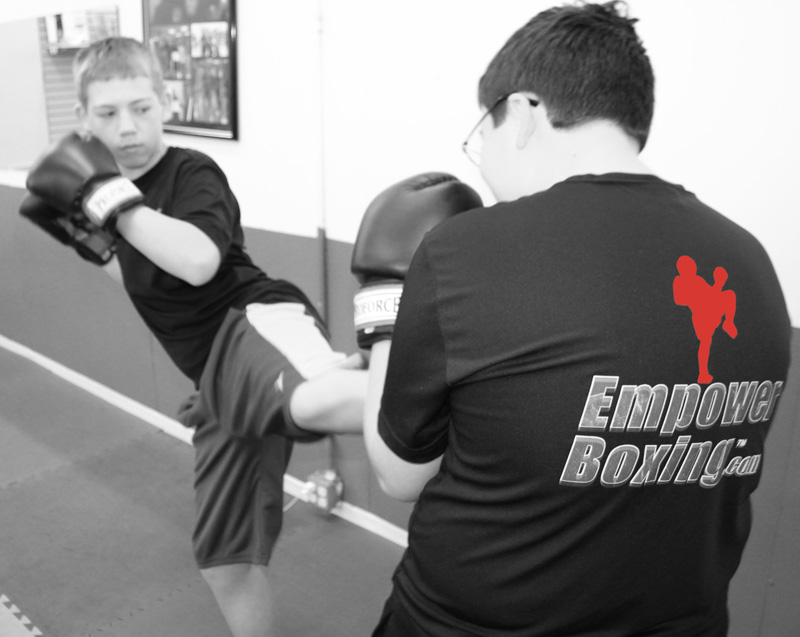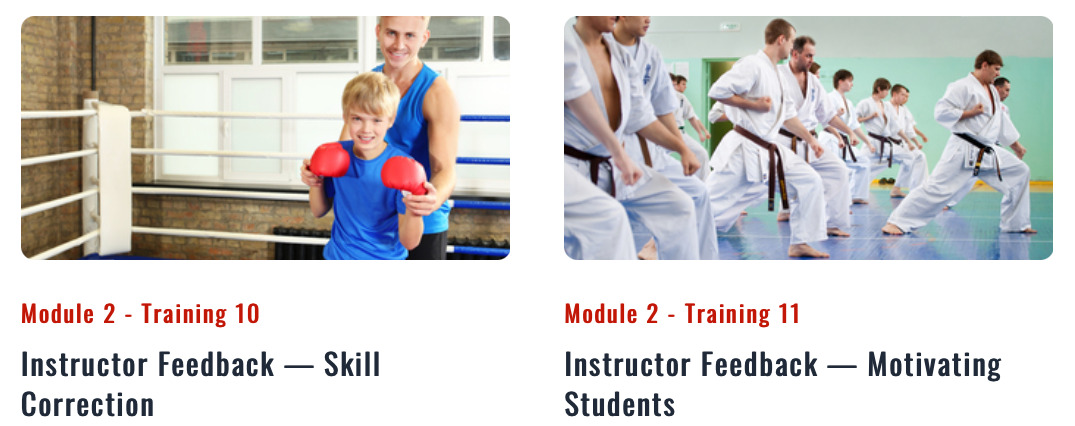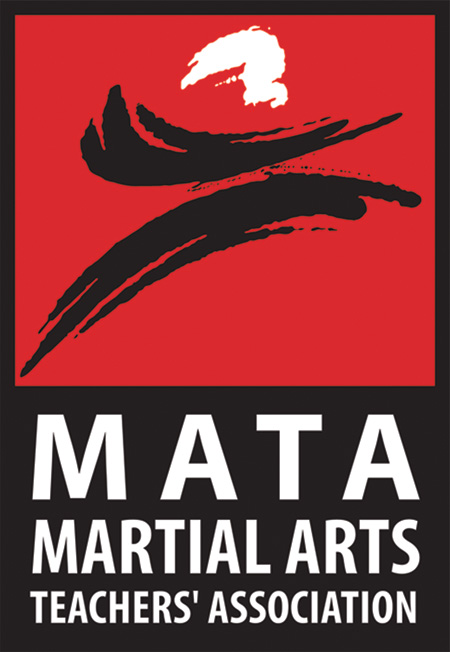Staff and Instructor Guidelines for Martial Arts Schools
Safety and Equipment:
- Safety and Control: Always emphasize the importance of safety and control when performing partner drills.
- Equipment Recommendations: Advise students on the appropriate equipment and encourage them to acquire it.
Teaching Conduct:
- Teaching Limitations: Do not teach techniques, basics, or forms you do not fully understand.
- Punctuality and Preparedness: Arrive at least 15 minutes early, dress in the proper uniform, and be on the floor ready to assist students.
- Maintain Composure: Keep calm, never show frustration or anger.
- Professionalism: Follow school procedures and the Black Belt Code of Conduct both inside and outside the school.
- Positive Attitude: Never speak poorly of other schools, students, or fellow instructors.
- Professional Boundaries: Avoid fraternizing with students or clients outside of the school and do not date students or their family members.
Personal and Professional Development:
- Continuous Training: Keep up your own training and maintain your skills.
- Training Seminars: Attend business training seminars and staff training meetings whenever possible.
- Resource Familiarity: Be familiar with school training materials and procedure manuals.
- Training Videos: Check out instructor and staff training videos from MATA.
- Industry Knowledge: Read industry magazines such as “Martial Arts Professional.”
- Hygiene: Exercise good hygiene habits.
- Feedback Reception: Be receptive to feedback on your teaching skills.
- Personal Development: Spend time on personal development, including reading books and listening to self-improvement, communication, and professional skills tapes or CDs.
Working With Children:
- Simple Instructions: Use simpler terms to explain and instruct.
- Respect and Courtesy: Maintain respect and courtesy without speaking down to children.
- Partner Pairing: Always pair students off to avoid the “last picked” scenario.
- Encouragement: Always offer encouragement and compliments to your students.
- Class Movement: Keep the class moving and working, avoid over-explaining techniques.
- Positive Language: Always use positive remarks and re-framing.
- Clear Directions: Use clear directions along with identifying landmarks in the room.
- Technique Breakdown: Break down new techniques into simple forms and lead the group through them step-by-step.
- Handling Issues: Address student issues privately with another adult present, preferably a woman.
Teaching and Communicating Effectively:
- Professional Titles: Ensure everyone uses your proper title (e.g., “Coach Smith” or “Ms. Smith”).
- Confident Communication: Speak loudly, with confidence, and energy.
- Sensitivity to New Students: Handle new students with care and compassion.
- Empathy: Speak to your students as you would have liked your instructor to speak to you.
- Class Engagement: Move around the room, avoid teaching from the front only, and establish eye contact.
- Positive Techniques: Always use Positive Re-Framing, Show-Tell-Do, and the “3 Times” Rule.
- Advanced Students: Challenge intermediate and advanced students more as they can handle it.
- Utilize Upper Belts: Use upper belt students to help maintain order.
- Controlled Training: Use control in training; students are not punching bags.
- Eye Contact: Establish eye contact to make students feel involved.



